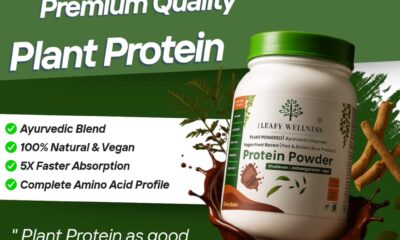C-reactive protein (CRP) is a substance produced by the liver in response to inflammation. Understanding CRP and how to manage it—primarily through Diet—can have a powerful impact on overall health. While it plays a critical role in your immune system, persistently high levels of CRP can indicate chronic inflammation, which is linked to various health conditions, including heart disease, diabetes, and autoimmune disorders.
What is CRP ( C- Reactive Protein)?
CRP is a protein produced by your liver in response to inflammation. It helps your immune system fight infections and heal injuries. However, if your CRP levels remain high without an obvious cause, it may signal an underlying health issue. A CRP blood test is commonly used to measure inflammation and assess the risk of chronic diseases.
What Causes Elevated CRP Levels?
1. Chronic Diseases
Conditions like obesity, heart disease, or type 2 diabetes often lead to chronic low-grade inflammation and high CRP.
2. Lifestyle Factors
- Poor Diet (high in processed foods and sugars)
- Lack of exercise
- Smoking
- Stress
- Sleep deprivation
Normal CRP Levels
- Below 1 mg/L: Low risk of inflammation
- 1–3 mg/L: Moderate risk
- Above 3 mg/L: High risk of inflammation or cardiovascular issues
How Diet Impacts CRP Levels
Diet plays a significant role in either promoting or reducing inflammation. Certain foods can elevate CRP, while others can help lower it. Let’s understand which foods to include in our Diet and which to avoid while maintaining a normal CRP level.
Foods That Help Lower CRP Levels
1. Fruits and Vegetables
Packed with antioxidants, vitamins, and fibre, these are essential for fighting inflammation.
- Berries (blueberries, strawberries): Rich in anthocyanins and vitamin C
- Leafy greens (spinach, kale): High in folate and magnesium
- Cruciferous vegetables (broccoli, cauliflower): Contain sulforaphane, an anti-inflammatory compound
2. Whole Grains
Unlike refined grains, whole grains are high in fibre, which helps lower CRP.
- Oats
- Brown rice
- Quinoa
- Barley
3. Healthy Fats
Unsaturated fats help combat inflammation, especially:
- Omega-3 fatty acids:
- Found in fatty fish (salmon, sardines, mackerel)
- Also in flaxseeds and chia seeds
- Extra virgin olive oil:
- Contains oleocanthal, which has anti-inflammatory effects
4. Nuts and Seeds
- Almonds, walnuts, sunflower seeds
- Provide vitamin E, fibre, and healthy fats that reduce inflammation markers
5. Spices and Herbs
Natural anti-inflammatories that are easy to add to daily meals:
- Turmeric (curcumin)
- Ginger
- Garlic
6. Green Tea
Rich in epigallocatechin gallate (EGCG), a powerful antioxidant that may help reduce CRP.
Foods to Avoid to Lower CRP
1. Refined Carbohydrates and Sugars
- White bread, pastries, sugary drinks
- Cause blood sugar spikes and increased CRP production
2. Processed and Red Meats
- Linked to higher CRP levels and increased cardiovascular risk
- Choose lean meats or plant-based alternatives instead
3. Fried and Fast Foods should be avoided due to high trans fats.
4. Alcohol (Excessive Consumption)
Moderate red wine may benefit from resveratrol, but too much alcohol increases inflammation.
Tips to Complement Anti Inflammatory Diet
Lowering CRP levels is not just about eating the right foods; your lifestyle choices also play a key role in reducing inflammation. Regular exercise, stress management, and quality sleep help support overall health and maintain lower CRP levels.
Conclusion
You can naturally lower your CRP levels by adopting a diet rich in whole, plant-based foods and healthy fats and reducing processed and sugary foods. Pair these dietary changes with an active lifestyle, good sleep, and stress management, and you’ll be on the path to better overall health.






























